Log in or create new account to save this product to your wishlist.
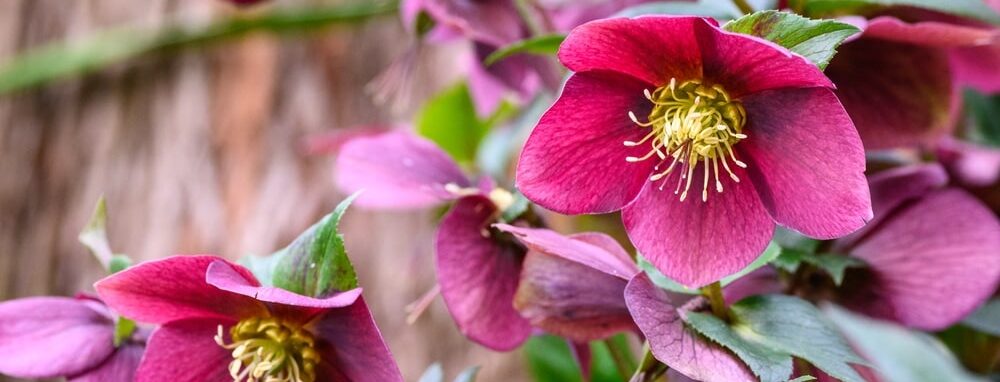
How to Grow and Care for Hellebore
Learn the best techniques for caring for your hellebore. Discover our favourite tips for watering, fertilising, pruning and more.
🌱 All important maintenance moments for your lawn during the year. Leave your email and we will send you the lawn calendar for free.
Enter your email
Receive the lawn calendar in the mail
Enjoy a green lawn all year round!
Hellebores bloom when most other plants have a nap. This is also why they are called winter roses and Christmas roses. These enchanting perennials don’t look just lovely, they are hardy and therefore beginner-friendly. In this guide, you’ll learn everything you need to know about growing and caring for your hellebore.
- Hellebores are beautiful winter bloomers
- Plant profile
- Genus Helleborus
- Planting hellebore
- Hellebore care
- Pruning and deadheading
- Dealing with pests and diseases
- FAQ about hellebore
- Ready to start planting and caring for your hellebores?
Hellebores are beautiful winter bloomers
Hellebores are perennials that thrive in shady locations, making them ideal for woodland edges. Many have bold evergreen leaves, some with marbled or silvery patterns for added appeal. These plants can reach up to 36 inches (ca. 91 cm) in height and width, so it’s important to position them in protected areas away from winter winds. Hellebores are drought-tolerant but sensitive to soggy soil, so good drainage is essential.
One of the most impressive features of hellebores is their flowering time. These plants are among the earliest perennials to bloom, often flowering from late winter through early spring. Depending on the variety and climate, hellebores can blossom anytime from early winter to late spring, with some varieties blooming for up to three months.
Plant profile
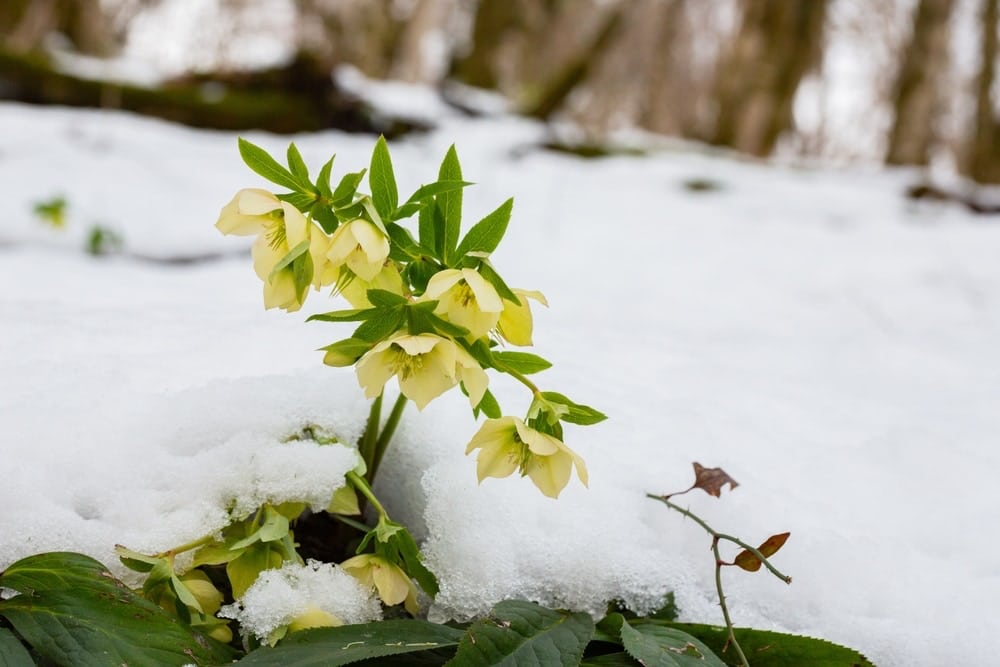
-
Light: Shady locations are ideal for hellebore.
-
Soil: Well-draining, humus-rich soil that's slightly alkaline.
-
Water: Water deeply but infrequently, allowing the soil to dry slightly between watering.
-
Colours: Wide range of colours, including white, pink, red, purple, yellow, green, and even black, typically with speckles or veining.
-
Height: Depending on the kind, they can grow up to 36 inches (ca. 91 cm) tall.
-
Flowering: Late winter through early spring.
Genus Helleborus
Hellebore belongs to the genus Helleborus that consists of 20 species, that we know of. There are various types of hellebores, each with its unique characteristics. The most popular and easy-to-grow are the Oriental hybrids (Helleborus x hybridus), which come in a wide range of colours, including shades of white, pink, ruby, and plum. Some have open saucer-shaped flowers, while others have double blooms with extra petals. Other notable varieties include the stinking hellebore (H. foetidus), which is native to the UK and the holly-leaved hellebore (H. argutifolius), which form larger clumps topped with clusters of small green flowers.
-
Helleborus niger
Helleborus niger typically reaches up to 9 – 12 inches (ca. 30 cm) in height. It produces large, white flowers that often bloom during winter, hence its common name. This species prefers partial shade and well-drained soil.
-
Helleborus orientalis
The Lenten rose is growing 12 – 18 inches (ca. 46 cm) tall. It features cup-shaped flowers in various colours, including white, pink, purple, and even speckled varieties. This species is more tolerant of sunlight than other hellebores and is known for its long-lasting blooms.
-
Helleborus x hybridus
Hybrid Hellebores are a diverse group resulting from cross-breeding various hellebore species. They can grow 12 – 24 inches (ca. 61 cm) tall and offer a wide range of flower colours, including yellows, reds, and near-blacks, typically with intricate patterns.
-
Helleborus foetidus
The stinking hellebore can reach 24 – 36 inches (0.91 m) in height. It produces clusters of small, bell-shaped, pale green flowers with purple edges. Despite its name, the foliage only emits an unpleasant odour when crushed. This species is more tolerant to drier conditions.
Site selection and soil preparation
Hellebores thrive in conditions that mimic their native woodland habitats. These winter roses prefer spots with light or dappled shade, making them perfect for planting beneath deciduous shrubs and trees. This arrangement provides them with ample sunlight during winter and spring while offering welcome shade in summer months.
When choosing a location, pick an area you’ll frequently visit during the colder months, as hellebores bloom when most other plants are dormant. They do well in the middle of borders or under shrubs and trees. To best appreciate their delicate flower markings, consider planting them on a slope or raised area like a retaining wall.
Hellebores can cope with various light conditions, but they dislike extremes. While some varieties tolerate more sun or deeper shade, most prefer a spot that balances light and protection. They’re not fond of very wet or dry soil, and full sun can scorch their leaves in summer.
Soil pH and amendments
The ideal soil pH for hellebores ranges from 6.0 to 7.0. To determine your soil’s pH, use a soil pH test kit or a pH metre. If your soil’s pH is too low, you can raise it by adding lime or wood ash. For soil that’s too alkaline, incorporate sulphur or peat moss to create the slightly acidic conditions hellebores prefer.
Hellebores love rich, moisture-retentive soil with plenty of organic matter. Think of a woodland floor with its layers of leaf litter. To achieve this, dig lots of organic matter into the planting area. Use well-rotted garden compost, manure, leaf mould, or spent mushroom compost. Aim for one bucketful per square metre.
If your soil is heavy or poorly drained, improve it by working in coarse grit along with organic matter. This will enhance drainage and create a more suitable environment for your hellebores. Remember, these plants hate waterlogged conditions, so good drainage is crucial.
Planting hellebore
When planting hellebores, choose a spot with partial shade and well-draining soil. These winter roses thrive in conditions that mimic their native woodland habitats. Dig a hole slightly larger than the pot and add some organic matter to the soil. Place the plant at the same level it was in its container, taking care not to bury the crown too deeply. Water thoroughly after planting.
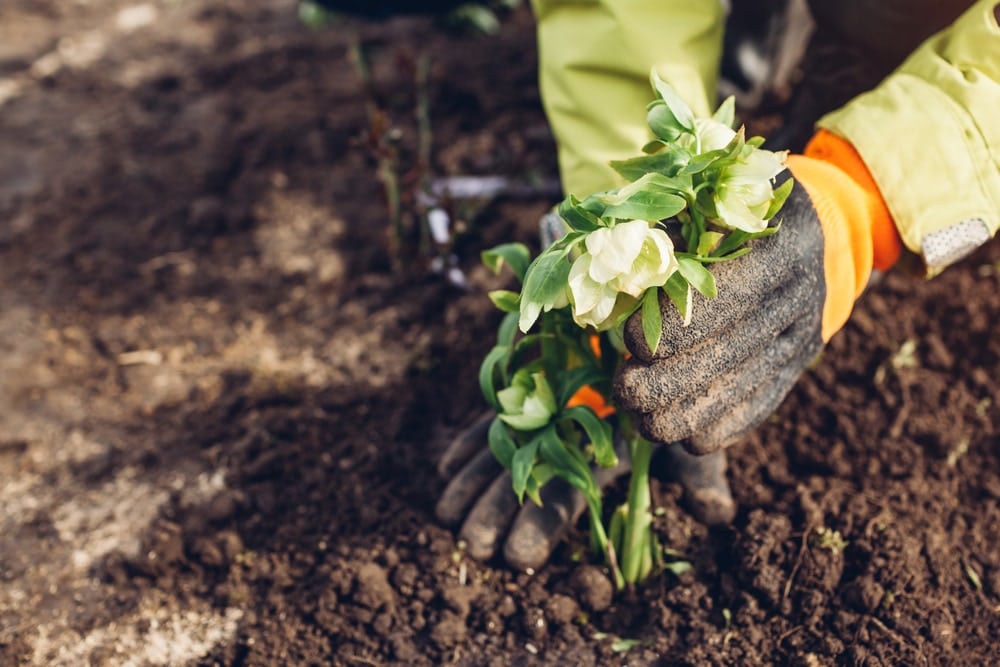
For a stunning display, consider planting hellebores on a slope or in raised beds. This arrangement allows you to better appreciate their downward-facing blooms. Space plants about 15 inches (ca. 38 cm) apart to give them room to grow.
Hellebore care
Hellebores are relatively low-maintenance plants when it comes to watering and feeding. Once established, they’re quite drought-tolerant. However, during their active growth periods in spring and autumn, provide plenty of water to keep the soil moist.
As for fertilising, an annual application of well-rotted compost or manure in late winter or early spring is usually sufficient. If you prefer, you can use a balanced, slow-release fertiliser instead. Apply it sparingly, as over-fertilising can lead to lush foliage at the expense of flowers.
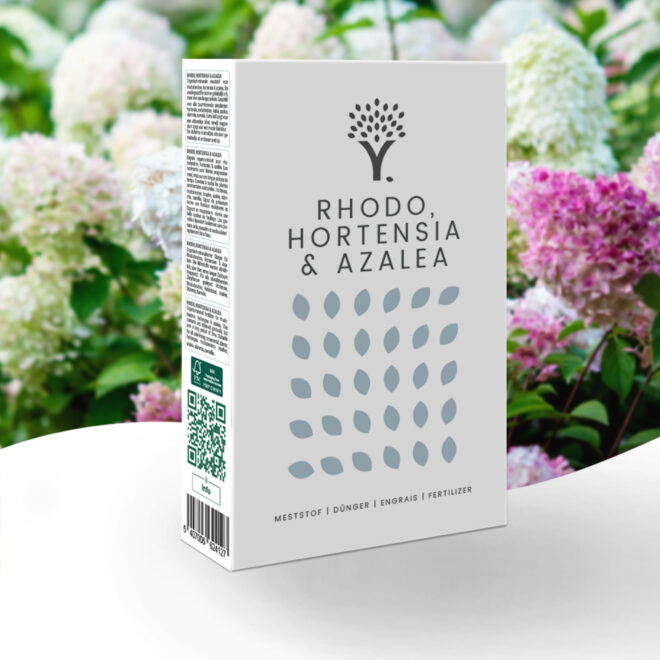
- Organic fertiliser
- Works for 120 days
- Also suitable for other acid-loving plants
Pruning and deadheading
Pruning hellebores is straightforward and helps maintain plant health and appearance. In late winter or early spring, just as new growth emerges, remove any old or damaged foliage. This not only tidies up the plant but also helps prevent the spread of fungal diseases like hellebore leaf spot.
After flowering, deadhead spent blooms to prevent self-seeding, unless you want more hellebores. Remember, seedlings may not resemble the parent plant and can take several years to flower. By deadheading, you’ll also encourage the plant to focus its energy on producing new growth rather than seeds.
Dealing with pests and diseases
Hellebores are generally hardy plants, but they can face a few challenges. One common issue is hellebore leaf spot, caused by the fungus Microsphaeropsis hellebori. This disease appears as dark spots on leaves and can spread to stems and flowers. To manage this, remove affected foliage promptly and improve air circulation around plants.
Another serious concern is hellebore Black Death, a virus that causes stunting, distortion, and black streaking on leaves. Unfortunately, there’s no cure for this rare but devastating disease. If you suspect your hellebores have Black Death, it’s best to dig up and destroy the affected plants to prevent spread.
Aphids can also be a nuisance, potentially spreading viruses. Keep an eye out for these tiny pests and use appropriate control methods if needed.

Possible growth issues and solutions
If your hellebores are struggling, it might be due to unsuitable growing conditions. These winter roses prefer partial shade and well-draining soil. Too much sun can cause yellowing leaves, while overly wet soil can lead to root rot.
Hellebores don’t like being moved once established, so avoid transplanting if possible. If you require more plants, consider collecting and sowing seeds instead of dividing existing clumps.
Remember, most hellebore problems can be prevented with proper care. Ensure good hygiene by removing dead leaves and debris, and address issues early to keep your hellebores healthy and thriving.
FAQ about hellebore
Hellebores typically flower from late winter to early spring, often blooming between December and April in the UK, providing a welcome splash of colour during the colder months.
Plant hellebores in partial to full shade, ideally in well-draining, humus-rich soil. They thrive under deciduous trees or in woodland garden settings, where they can enjoy dappled sunlight.
In summer, hellebores enter a period of dormancy. Remove any damaged or diseased foliage to maintain plant health, and ensure they receive adequate water during dry spells. You can also divide overcrowded clumps in late summer or early autumn to propagate new plants.
Ready to start planting and caring for your hellebores?
Growing hellebores can have a profound impact on your garden’s winter landscape. These resilient plants offer beauty during the coldest months, providing a welcome splash of colour when most other flowers are dormant. With the right care, including proper site selection, soil preparation, and maintenance, hellebores can thrive and become a cherished part of your garden for years to come. Want even more color in your garden? Then have a look at some other spectacular plants, like passion flower, foxglove and camellia. If you have questions or tips for us, please let us know by leaving a comment.
Happy gardening!
-
Orchids: A Complete Guide on How to Care for ThemWant to give your orchid the best possible care? Discover essential tips from placement to watering and pruning. Learn everything you need to know!Read more
-
Growing Wisteria Made Simple: From Planting to Perfect BloomsWith blossoms like a purple waterfall, Wisteria sets an almost magical and colourful mood. If you want to grow this beauty in your garden, you’ll need a bit of patience. Don’t worry, it will most definitely pay off.Read more
-
How to Build a DIY Greenhouse: A Practical Guide for Smart SpendersImagine extending your growing season throughout the year, nurturing tender plants regardless of the weather, and creating a personal garden sanctuary. This is precisely what a DIY greenhouse offers you. Let’s learn how to build one.Read more
-
How to Grow Eucalyptus in British GardensWith a little love and care, eucalyptus trees can thrive in English gardens. Since they don’t germinate well without proper help, there are not considered invasive. So, there is no reason not to plant them if you enjoy their looks.Read more
-
Transform Your Garden with All-Year-Round Flowering PlantsDid you know you can enjoy blooming flowers even in January? With the right selection of all year round plants, there’s no need to wait until spring to add some colour to your garden.Read more
-
How to Create a Butterfly Garden: A Simple Guide for British GardensThe UK's butterfly population includes 59 different species. These beautiful winged creatures face a steady decline because of habitat loss, pollution and changing weather patterns. Your garden can become a vital link between nature reserves and natural habitats. Let’s explore how.Read more
-
Volcanic Rock Dust for Your Garden—Application and TipsDid you know that volcanic rock dust is a brilliant organic soil improver? This article explains exactly what it's good for and how to use it properly.Read more
-
How to Use Landscape Fabric ProperlyIf weeds or erosion in your garden are troubling you, landscape fabric might be the solution. We’ll explain how and when to use it properly, just keep on reading.Read more
Leave a comment
Your answer will be displayed on the site and the interested party will be notified by email.
Leave a comment
Have a question or want to share your experience? Leave us a comment.

- Order by 2PM = shipped today
- 250.000+ satisfied customers!
- 60 day satisfaction guarantee

- Order by 2PM = shipped today
- 250.000+ satisfied customers!
- 60 day satisfaction guarantee

🌱 All important maintenance moments for your lawn during the year. Leave your email and we will send you the lawn calendar for free.
Enter your email
Receive the lawn calendar in the mail
Enjoy a green lawn all year round!


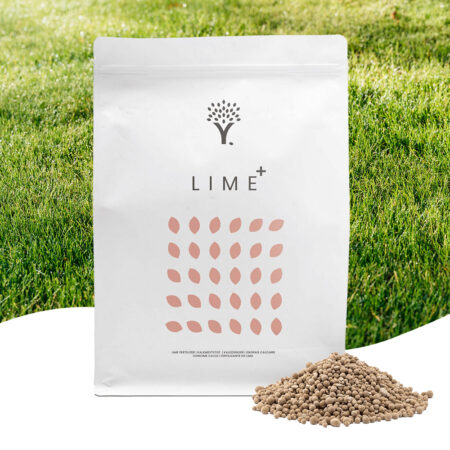
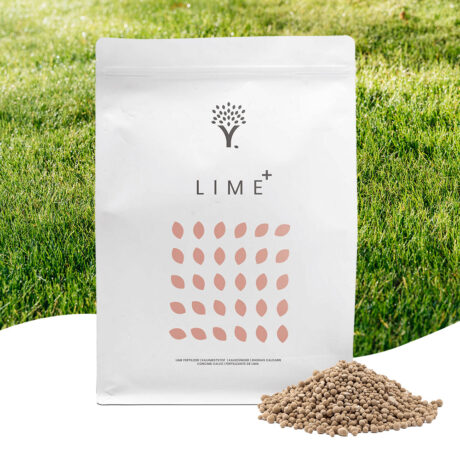
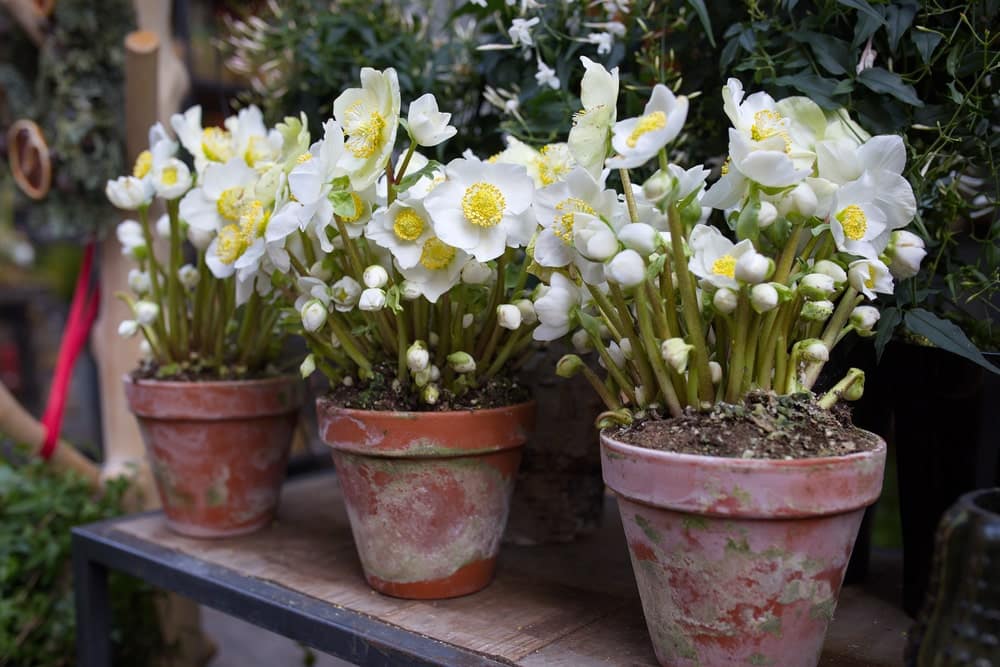
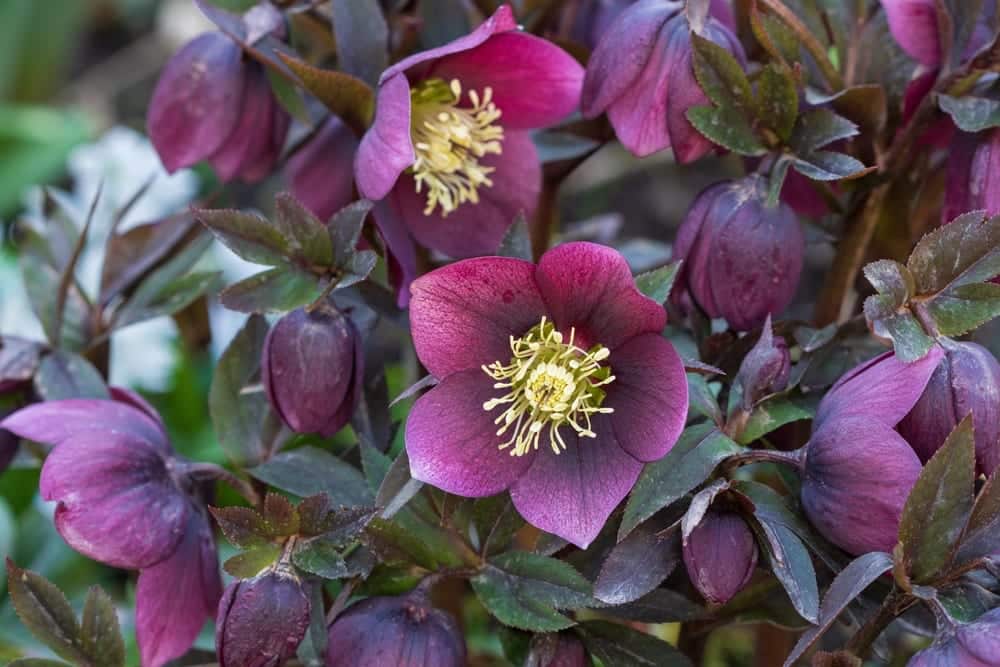
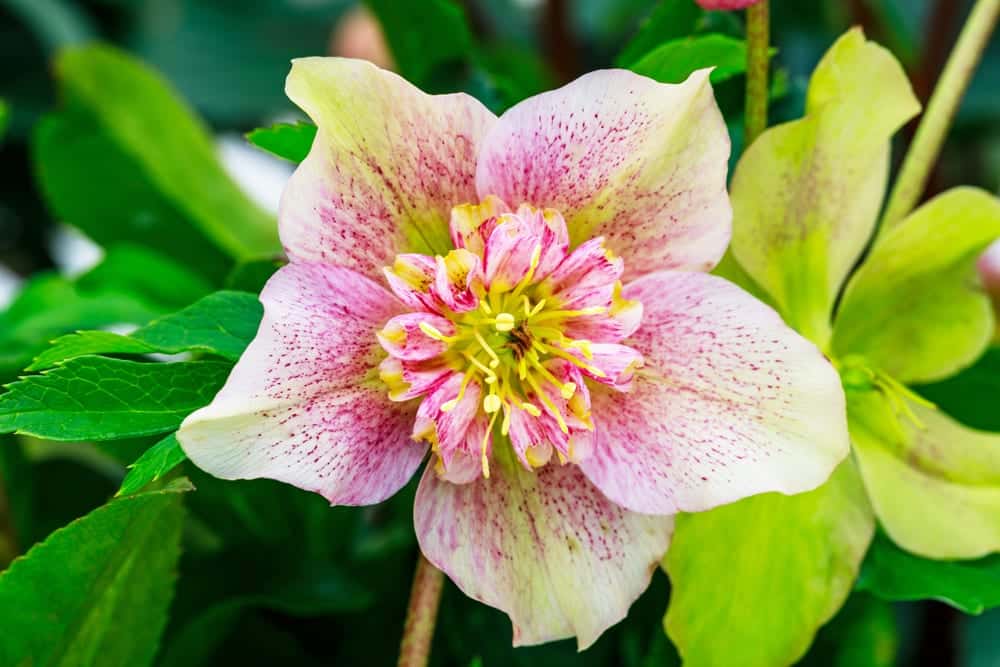



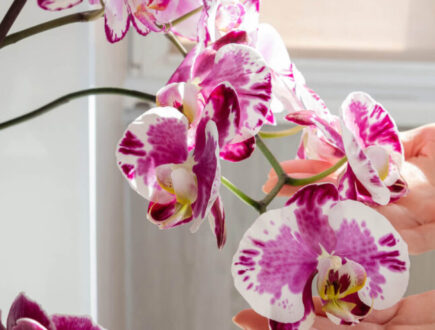
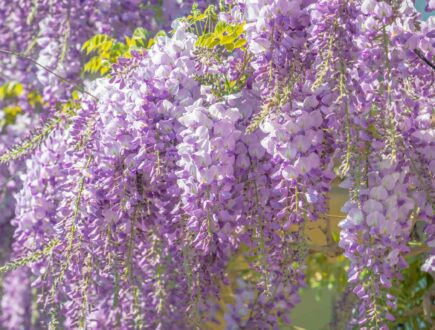








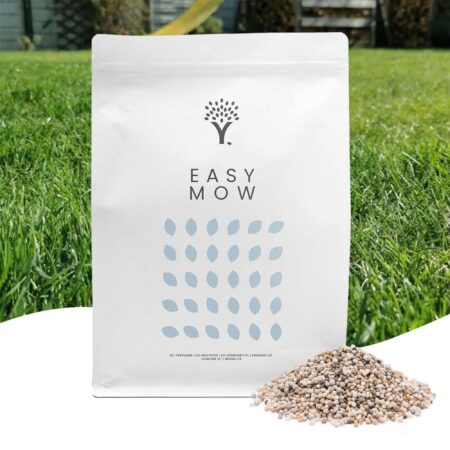
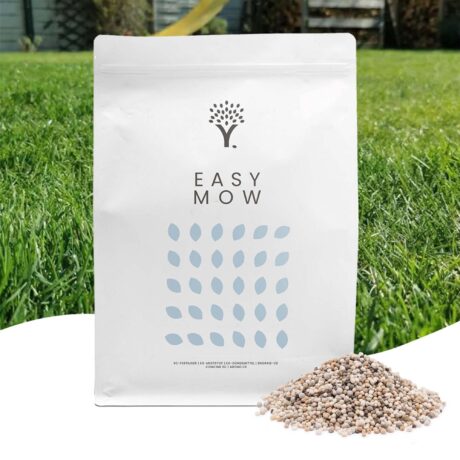





Comments (0)
There are no comments yet. Well then, what are you waiting for to
Be the first to write your comment!inaugurate this pretty page?
Do you have some comments?